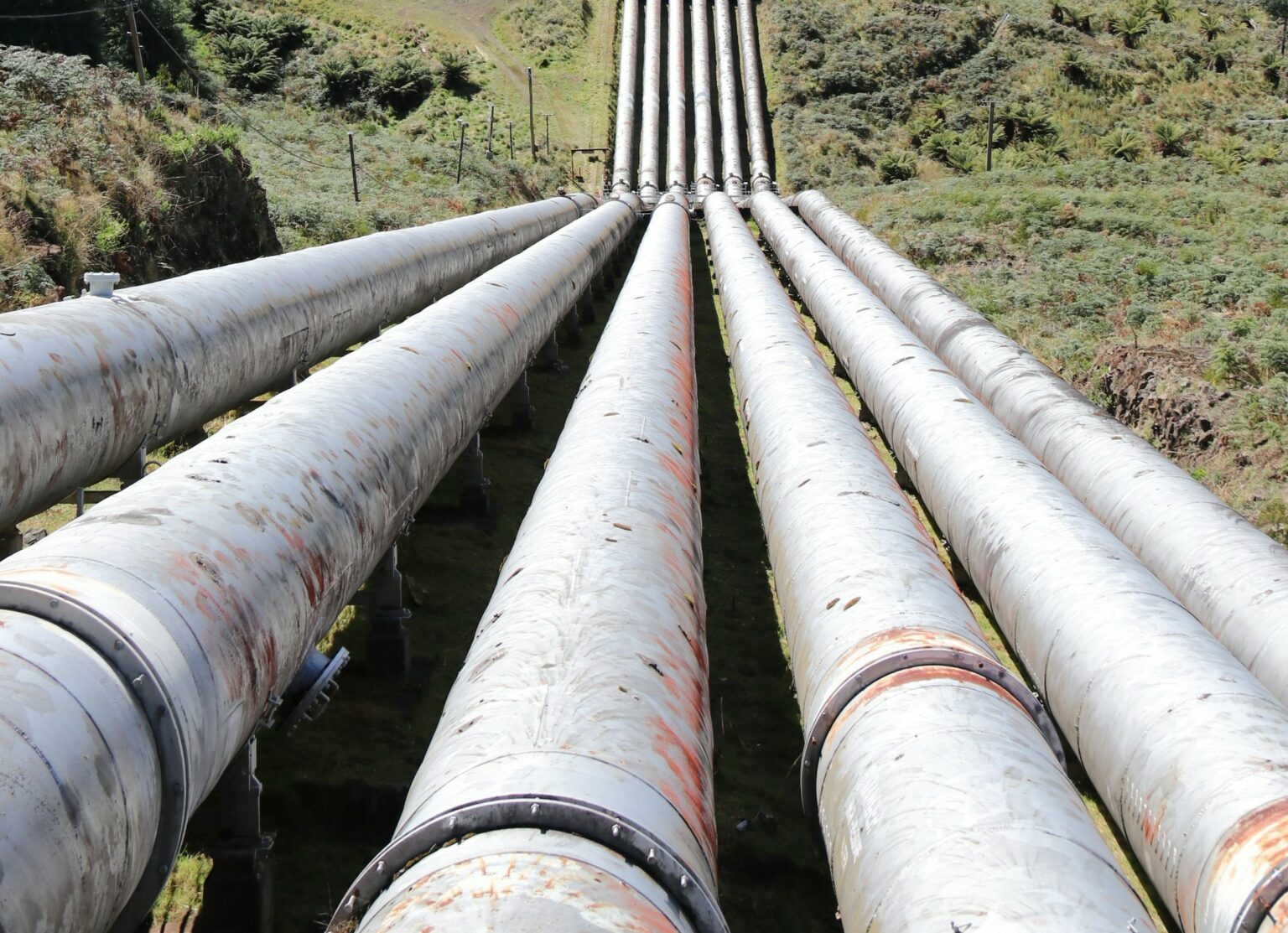With the pressing need to reduce carbon emissions, hydrogen has emerged as a viable alternative energy source. The potential of hydrogen blending in natural gas pipelines offers the promise of significantly lowering emissions from homes and industries.
Research outlined in the International Journal of Hydrogen Energy scrutinizes the prospects and intricacies of integrating hydrogen into existing pipeline networks.
One of the key areas explored in the study is the effect of hydrogen on the materials commonly used in natural gas pipelines. This includes a range of metals like vintage and modern pipeline steels, cast iron, copper, aluminum, stainless steel, and non-metals such as plastics and elastomers. Of particular concern is hydrogen embrittlement, a process that may degrade these materials, threatening the integrity and safety of pipelines.
The research highlights that tests show minimal changes in yield strength of various steels after exposure to hydrogen. However, it pointed out a significant decrease in the fracture toughness of these materials with rising hydrogen pressure. This suggests that while some material properties may remain stable, others could compromise the safety and durability of the pipelines, especially under high-pressure conditions.
Need for Advanced Solutions
To facilitate the safe adoption of hydrogen blending, the study underscores the necessity for updated codes and standards. There is a pressing need for advanced testing to understand the material compatibility better and for the development of new materials tailored for this purpose. The authors emphasize that current knowledge gaps must be addressed to ensure safe, efficient hydrogen integration into the natural gas infrastructure.
